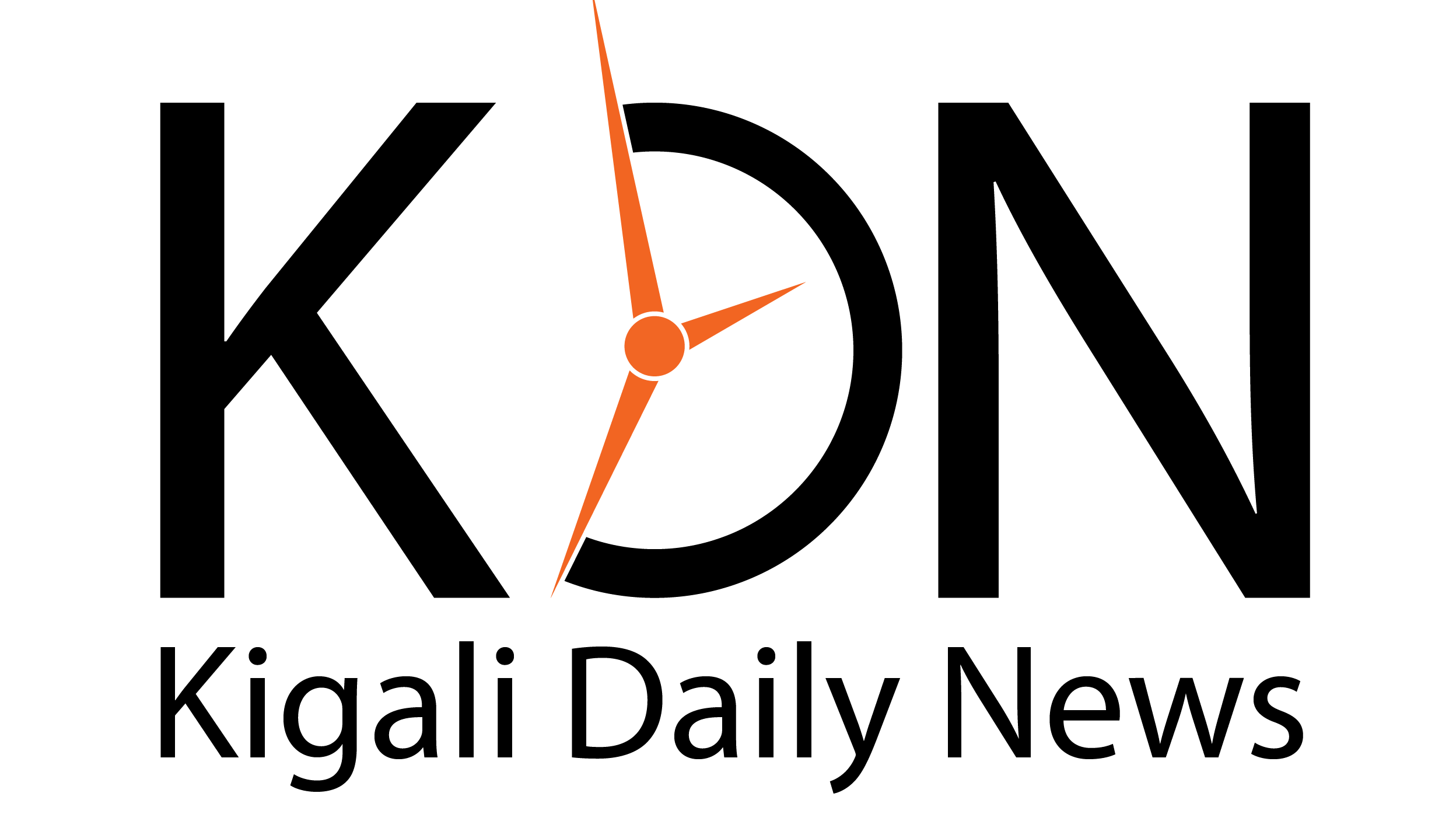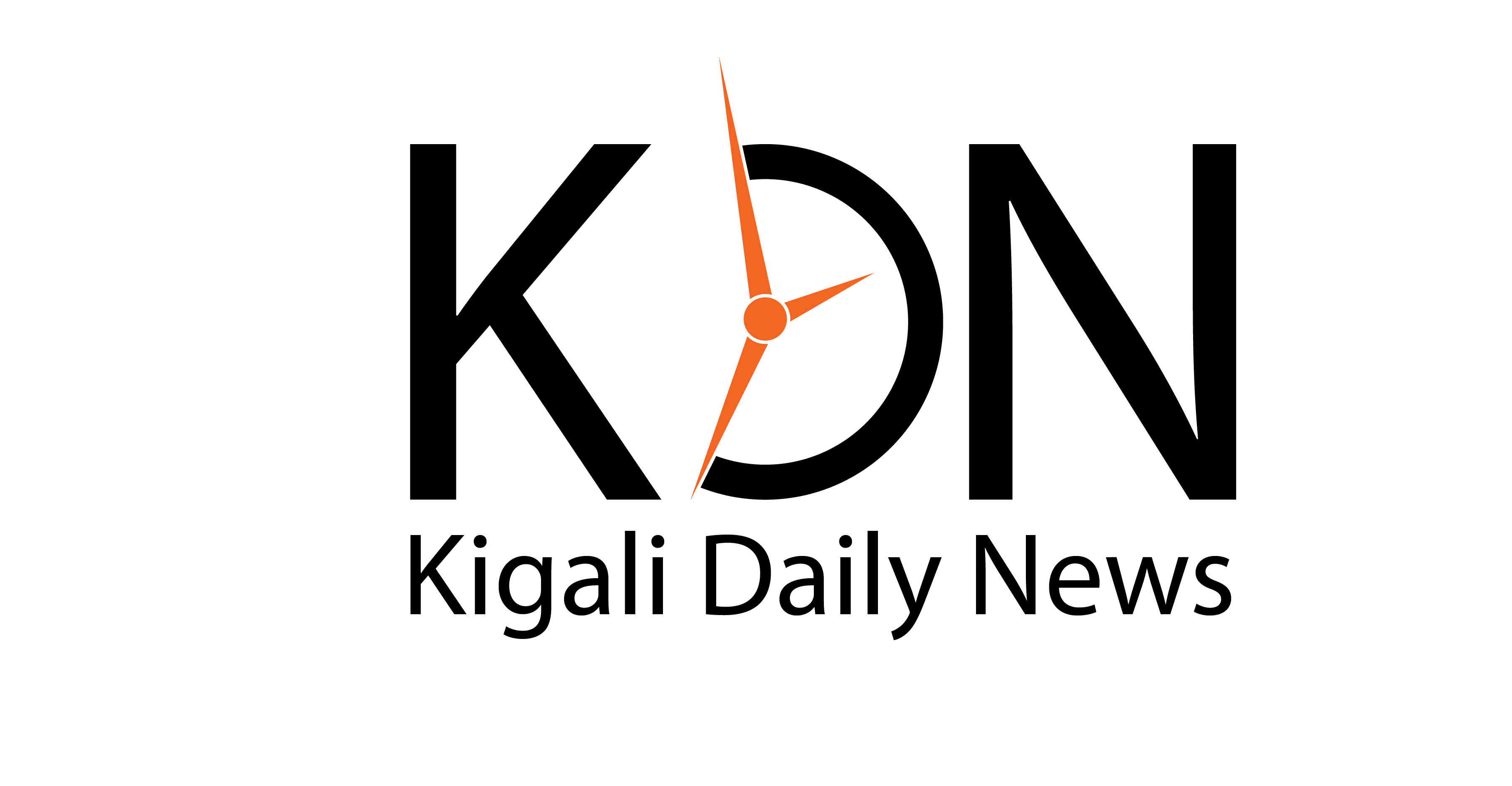The Congolese government can ban former President Joseph Kabila’s party, but peace in the country’s east will only come when Kinshasa addresses the threat to Rwanda from the genocidal militia, FDLR, according to Tibor Nagy, a former United States Assistant Secretary of State for African Affairs.
The genocidal militia which poses an existential threat to the Congolese Tutsi community as well as Rwanda is a DR Congo-backed terrorist militia founded by remnants of the masterminds of the 1994 Genocide against the Tutsi in Rwanda.
Last week, the Congolese government announced the suspension of Kabila’s PPRD party, initiation of legal proceedings against him, and the seizure of all his movable and immovable assets. That was about two days after reports emerged that he arrived in Goma, the Alliance Fleuve Congo (AFC/M23) rebellion-controlled capital of North Kivu Province, on April 18.
“Until then you can have special envoys, conferences, and ‘peacekeeping’ troops from wherever, but it won’t stop conflict,” he posted on X.
https://x.com/TiborPNagyJr/status/1914423861967270260
In March, Kabila said that he suspended his studies in South Africa to “deal with the worsening situation,” in his country’s east where a government army coalition has been fighting rebels for over three years.
The steadily growing Alliance Fleuve Congo rebellion now controls swathes of territory including the strategic cities of Goma and Bukavu. Kabila, whose family has accused the Congolese government of abuses, has accused his successor Felix Tshisekedi of mismanaging the security crisis and of bringing the vast country “close to imploding.” Tshisekedi has also accused Kabila of backing AFC/M23 rebels.
On April 8, Kabila who was based in South Africa and Zimbabwe, told Jeune Afrique that he would return to his country, after having met with various presidents and former presidents in the region as well as Congolese politicians, through the eastern region.
“I decided to start with the eastern part, because there is danger there,” he told the French publication. Kabila has voiced concern over the ongoing instability in DR Congo, emphasizing the importance of internal solutions to national problems.
The former Congolese president emphasised that the conflict with the Alliance Fleuve Congo rebel movement, which Tshisekedi also alleges is supported by neighbouring Rwanda, can only be resolved by dialogue by the Congolese. Kabila criticised Tshisekedi’s tendency to blame foreign actors for the crisis in the country and outsourcing security by hiring European mercenaries and foreign armies.
Kabila left office in 2019 and had remained silent until February this year. Tshisekedi has accused his predecessor of backing the Alliance Fleuve Congo that is led by Corneille Nangaa, DR Congo’s former electoral chief. Kabila dismissed the allegation, in March, saying that the conflict would be different if he was personally involved.
The war between the Congolese government army coalition that includes UN forces, a Rwandan genocidal militia known as FDLR, over 10,000 Burundian troops, over 1,600 European mercenaries, and the South Africa-led SADC mission, or SAMIDRC, at first against M23 rebels, started in 2021 before the rebels joined more than 10 other opposition groups to form a larger force, Alliance Fleuve Congo, in December 2023.
The security challenges posed by the genocidal militia and its splinter groups are “of very serious concern for Rwanda” especially since it has always tried to forcefully return to the country and genocidal agenda. Kinshasa has persistently accused Kigali of backing M23 rebels. But the Rwandan government maintained that M23’s resurgence, about five years ago – after nearly 10 years of inactivity – was rooted in historical persecution, and not Rwanda’s “backing” as Kinshasa would like the world to believe.
When the Rwanda Patriotic Army rebels took over power and stopped the genocide, in July 1994, the ousted genocidal regime’s army (ex-FAR), politicians, and Interahamwe militia that had massacred more than one million people in 100 days – runaway, en masse, with their weapons, to eastern DR Congo, then known as Zaire.
They first banded together into what they called RDR, then PALIR, then ALIR I followed by ALIR II, and finally FDLR. In mid 2000, soon after the US government listed it as a terrorist organization following its murder of American tourists in Uganda’s Bwindi Forest, they formed FDLR so as to evade or distance themselves from their horrendous crimes. The initiators gathered in Lubumbashi, DR Congo’s second-largest city in the southeasternmost part, along the border with Zambia, and formed FDLR.
In eastern DR Congo, the genocidal militia continued its genocidal agenda, especially targeting the Kinyarwanda-speaking Congolese whose unresolved grievances resulted into the existence of the M23 rebellion. The latter was created on May 6, 2012, due to numerous failures of the Congolese government, including Kinshasa’s refusal to implement a peace agreement signed on March 23, 2009.
In January 2009, a former politico-military group formed about three years earlier, the Congrès national pour la défense du people (CNDP), had stopped rebellion after Kinshasa promised to, among others, integrate its fighters into the national army. Top government officials including the then defense minister Charles Mwando Simba – who passed away, in Belgium, in December 2016 – attended a ceremony held at Rumangabo military camp, about 45 kilometres north of Goma, the capital of North Kivu Province, to welcome the first group of rebel fighters into the national army.
A few days later, CNDP officials announced the “the de facto transformation of CNDP into a political party” recognized by the government –after their fighter’s integration into the national army. But about 11 months after denouncing rebellion and becoming a political party, everything was back to ground zero. A frustrated head of the ex- rebel group-turned political party, Désiré Kamanzi, resigned.



